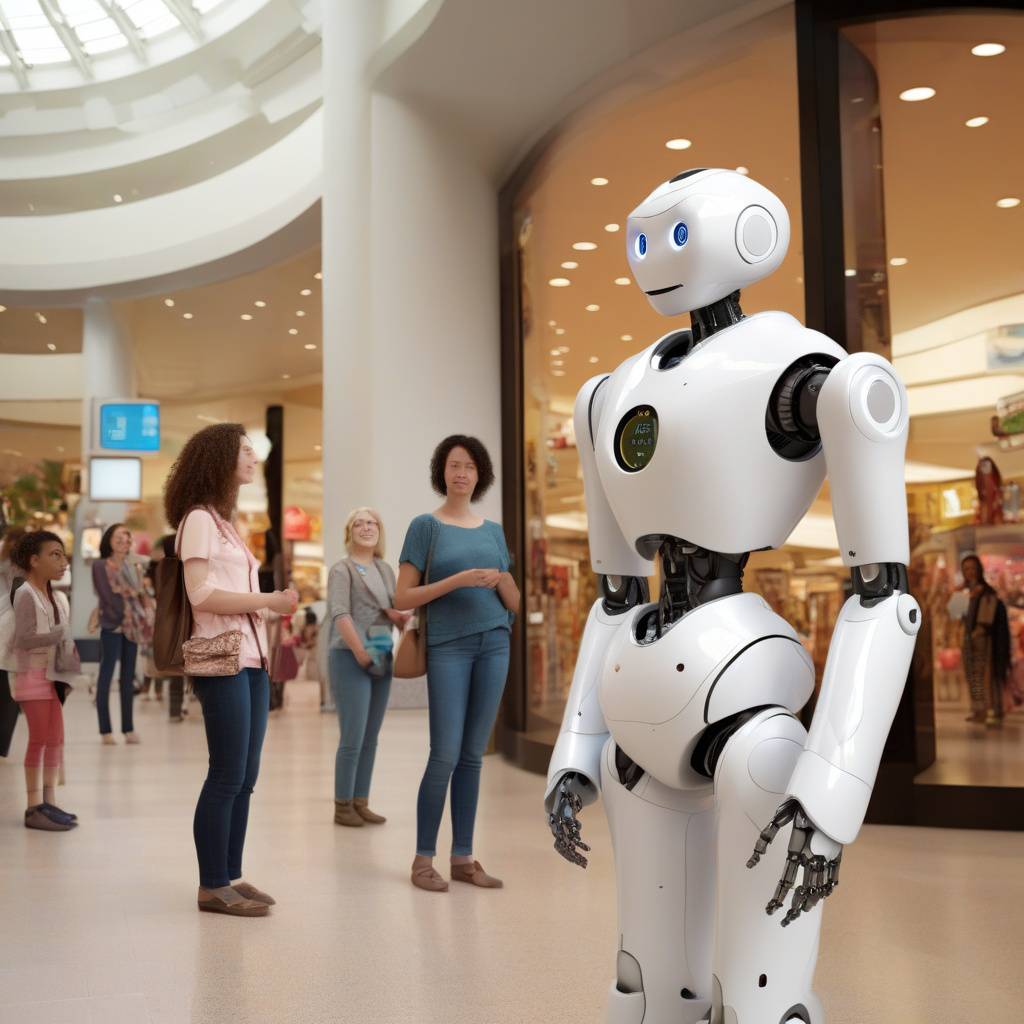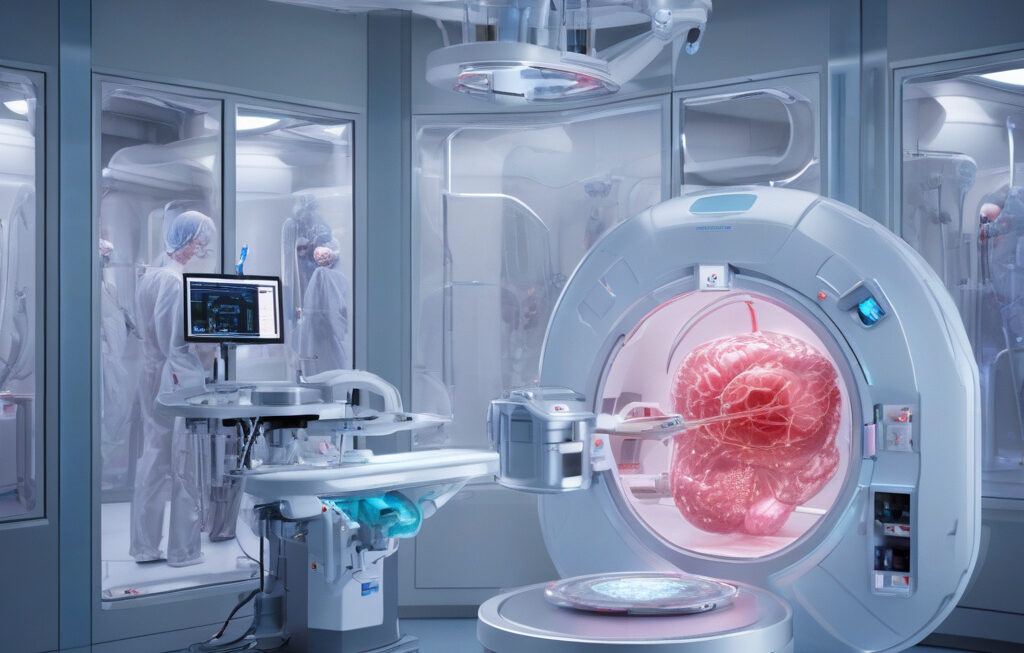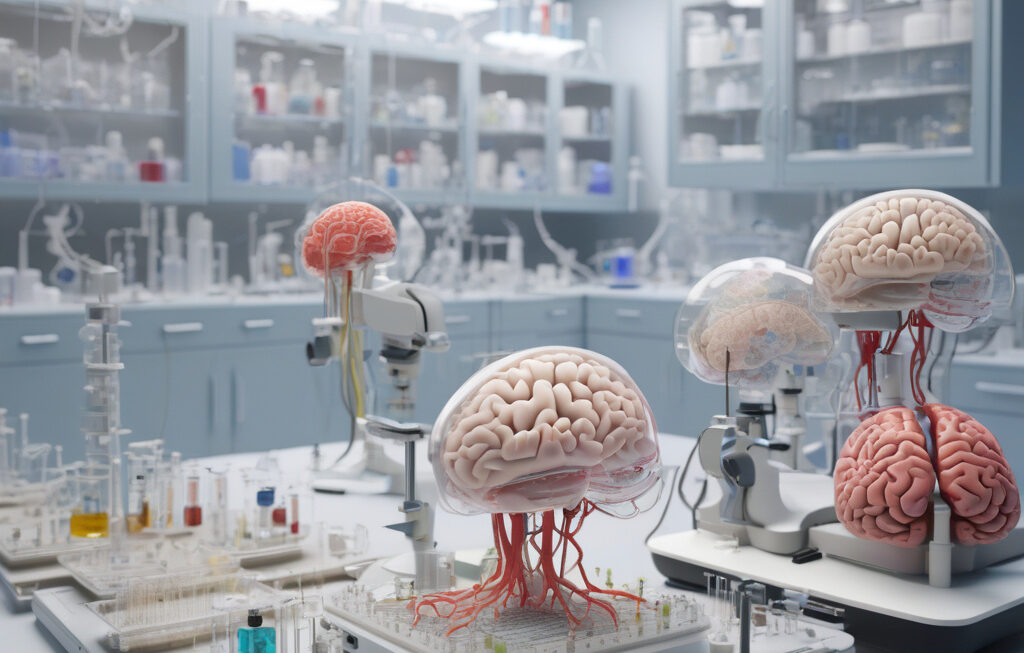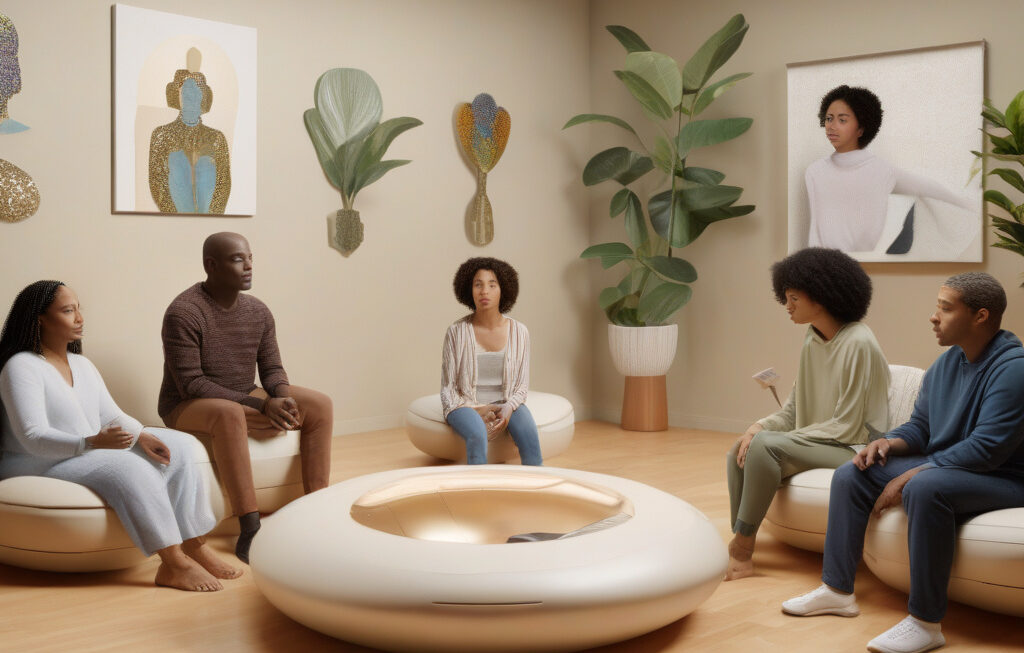Pepper humanoid robot integrated with ChatGPT faces public, conducts real-world interaction
Humanoid robots powered by AI are beginning to make their way into everyday public spaces—and one of the most notable examples of this integration is the Pepper humanoid robot equipped with ChatGPT. This innovative combination of robotics and artificial intelligence has opened up a new realm of possibilities for real-world interactions between machines and humans.
The integration of ChatGPT, a cutting-edge language processing model developed by OpenAI, with the Pepper humanoid robot has enabled a more seamless and engaging experience for users. With ChatGPT’s advanced natural language understanding capabilities, Pepper can now hold conversations, answer questions, and provide assistance in a more human-like manner.
One of the key advantages of integrating ChatGPT with Pepper is the ability to enhance the robot’s social and communication skills. By leveraging ChatGPT’s vast knowledge base and language capabilities, Pepper can engage in meaningful interactions with users, making the overall experience more personalized and effective.
Imagine walking into a public space and being greeted by a friendly humanoid robot that can not only provide information about the venue but also engage in casual conversations on a wide range of topics. This level of interaction blurs the lines between man and machine, creating a unique and memorable experience for users.
Moreover, the integration of ChatGPT with Pepper has practical applications in various industries, from retail and hospitality to healthcare and education. In retail settings, Pepper can assist customers with product recommendations and information, enhancing the overall shopping experience. In healthcare, the robot can provide support and companionship to patients, improving their emotional well-being.
The potential for ChatGPT-powered Pepper robots extends beyond just basic interactions. With continuous advancements in AI technology, these robots can learn and adapt to user preferences over time, providing a more personalized and tailored experience. For example, Pepper could remember a user’s preferences for future interactions, creating a sense of continuity and rapport.
As we witness the increasing integration of humanoid robots like Pepper with advanced AI models like ChatGPT, it is clear that the future of human-machine interactions is evolving rapidly. The seamless fusion of robotics and artificial intelligence is not only transforming the way we engage with technology but also redefining the possibilities of what machines can achieve in the real world.
In conclusion, the integration of Pepper humanoid robots with ChatGPT represents a significant milestone in the development of AI-driven real-world interactions. As these technologies continue to advance, we can expect to see more innovative applications that enhance the way we interact with machines in public spaces and beyond.
#PepperRobot, #ChatGPT, #AIIntegration, #HumanMachineInteraction, #FutureTechnologyTrends












